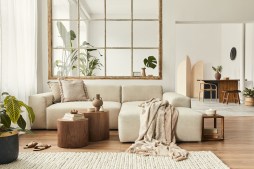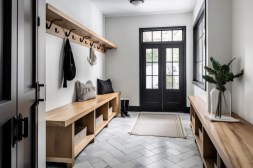Designing with Purpose: How to Create Spaces That Inspire Children’s Creativity
Creating a kid-friendly home goes beyond simply decorating with bright colors and toys. It’s about designing spaces that inspire creativity, encourage learning, and promote safety. In this article, we’ll explore practical tips for creating environments that enhance children’s experiences while catering to their unique needs.
Understand Your Child’s Needs
The first step in designing a kid-friendly home is understanding the specific needs of your children. Consider their ages, interests, and activities they enjoy doing at home. Younger children may require more open floor space for play, while older kids might need quiet areas for homework or creative projects. By identifying these needs, you can create designated zones that cater specifically to them.

Incorporate Flexible Furniture
Flexible furniture is key when designing a kid-friendly space. Look for items that can grow with your child or serve multiple purposes—such as a table that can be used for art projects during the day and family dinners at night. Modular furniture or pieces on wheels allow you to rearrange spaces easily depending on the activity at hand.
Use Durable Materials
Children are known for being messy. Choosing durable materials is essential in creating a resilient environment. Opt for stain-resistant upholstery for couches and chairs; hardwood or laminate flooring can withstand heavy wear and tear; and washable wall paints make clean-up easy after those inevitable crayon masterpieces.
Create Zones for Different Activities
Structure your home into distinct zones tailored to various activities—like reading nooks, craft areas, or play corners—so kids know where they can go based on what they want to do. Use rugs or different colors of paint to visually define these spaces while also adding an element of fun.
Encourage Personal Expression
Allow children to personalize their spaces by giving them opportunities to decorate their rooms with art they’ve created or choosing some decor elements themselves. This not only fosters creativity but also makes them feel valued in the design process—helping cultivate a sense of ownership over their space.
By incorporating these tips into your home design plan, you will create an inviting atmosphere that not only meets children’s physical needs but also nurtures their creativity and growth. A well-designed kid-friendly home inspires exploration and learning while providing comfort—a perfect combination as your little ones embark on adventures.
This text was generated using a large language model, and select text has been reviewed and moderated for purposes such as readability.











